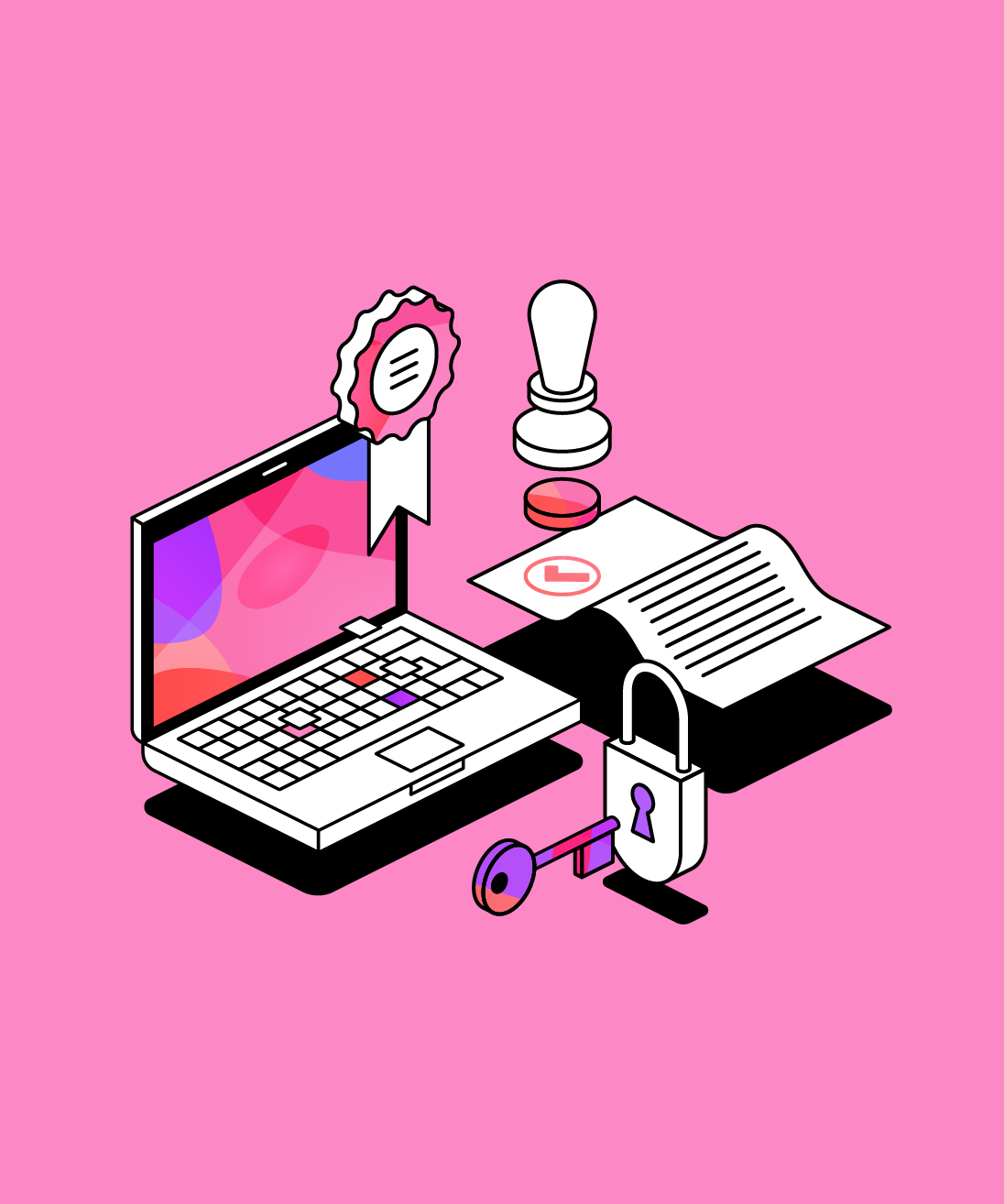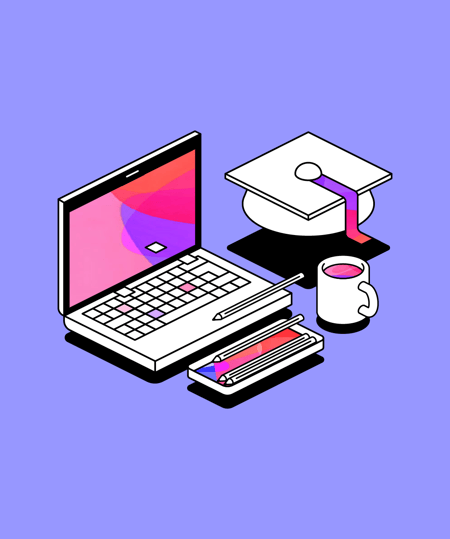How assistive technology bridges the gap for the New Majority Learner
Explore how assistive technology can be used to empower all students across the diverse student body, allowing for a universal design for learning which enhances efficiency, accessibility, and success in higher education.
 3 min read
3 min read
 Published: 10 Jun 2025
Published: 10 Jun 2025
 Phoebe Hoar
Phoebe Hoar


The higher education landscape is vibrant, increasingly populated by what we call the "New Majority Learner." These are students who defy the traditional mold, often balancing work, family, or unique personal challenges alongside their studies.
We've explored the diverse profiles within this demographic, from the time poor juggling demanding schedules to the underprepared navigating new academic environments, and crucially, those with individual barriers like neurodiversity or language differences.
Supporting this diverse population isn't just an ideal; it's essential for retention and institutional success. A key pillar in this support strategy, and one often overlooked in its universal benefits, is the strategic deployment of assistive technology (AT), which we’ll unpack in this blog.
Beyond compliance: Why assistive technology is for everyone
When many think of assistive technology (AT), they often picture tools exclusively for students with diagnosed disabilities, tied to regulatory compliance.
While accommodations are indeed essential for those with registered disabilities, this perspective dramatically limits the true potential of AT. The New Majority Learner report emphasizes a shift towards an accessible by design model. This recognizes that technology initially designed for a specific need, such as a wheelchair ramp, ultimately benefits many – in this case, also helping parents with strollers or delivery drivers.
Proactively incorporating accessibility features, like captioned videos and screen reader compatible text, isn't just about meeting mandates; it benefits a much wider array of students, such as those with auditory processing difficulties or ESL students, enhancing their learning experience.
How assistive technology empowers the New Majority Learner
Assistive technology directly addresses many of the core challenges faced by the New Majority Learner:
For the time poor learner, AT can significantly boost efficiency. Tools that record lectures and provide transcripts mean students can revisit complex information during commutes, lunch breaks, or late at night, maximizing limited study time. Instead of frantically scribbling notes, they can focus on understanding in the moment and review details later.
For the underprepared learner, AT can help bridge foundational skill gaps. For example, text-to-speech features can assist with reading comprehension, while note-taking tools can provide a structured way to capture and organize information, skills often not fully developed before college.
For learners with barriers, this is where AT truly shines. Neurodivergent students who grapple with concentration and cognitive overload can benefit immensely from tools that allow them to process information at their own pace, re-listen to specific sections, or organize complex concepts visually.
Students with disabilities gain access to content and participate in ways previously impossible. Features like speech-to-text, digital accessibility tools, and captioning directly support compliance with regulations while ensuring equitable access.
ESL students can utilize transcription features to review lectures in text format, look up unfamiliar vocabulary, and reinforce their understanding of content delivered in a non-native language.
A practical example of assistive technology
Genio Notes, embodies the principles of assistive technology designed for universal benefit. It offers features that directly support the varied needs of the New Majority.
Recording and transcript: For any student who misses a detail, needs to re-listen for clarity, or prefers to read along, Genio Notes' recording and synchronized transcript feature is invaluable. This is especially critical for neurodivergent students who may struggle with live processing, or ESL students who need to translate and review specific phrases. It ensures that learning isn't confined to the lecture hall, allowing students to "go right back to their lecture notes to confirm that what they remember is correct".
Chrome extension: For the increasing number of online classes, Genio Notes' Chrome extension keeps notes and the live lecture on the same page, bringing all learning materials into one organized place. This helps time-poor students, as well as those with attention challenges, maintain focus and prevent information fragmentation.
Mobile app: Recognizing that New Majority Learners are often time poor and need to absorb material in diverse environments—like a break room at work or during their commute - Genio Notes' mobile app allows students to study anywhere. This flexibility helps them balance multiple roles, turning previously unproductive moments into valuable study time.
Streamlined note taking: Genio Notes allows notes to be created simply and precisely linked to the transcript, enabling students to quickly pinpoint and go over challenging sections as needed. This can help reduce the cognitive load and build confidence, particularly for those who feel underprepared or struggle with traditional note-taking methods.
Conclusion
The emergence of the New Majority Learner demands that higher education institutions proactively adapt their approaches to student support. Assistive technology is not just an optional add on; it's a fundamental tool for creating an inclusive and equitable learning environment for all.
By adopting a success-first model and deploying robust AT solutions, institutions can empower every learner to actively engage with information, reduce stress, improve confidence, and ultimately achieve greater academic success. This isn't just an investment in individual students; it's an investment in the long term viability and impact of higher education itself
More from Supporting Students
View All
 3 min read
3 min read
Designing for development: Why AI demands we rethink assessment
In this blog, Genio's Learning Lead, Sammy, explores what a curriculum designed for development rather than assessment would look like, while leveraging AI to empower students to take ownership of their own learning and development.

 3 min read
3 min read
How can colleges use AI to make STEM more accessible?
Making complex STEM content truly accessible is one of the biggest challenges for disability services. Here, we take a look at some of the key points from our recent webinar, where our panel of experts shared their insights on how they're using technology and AI to increase accessibility for STEM students.

 2 min read
2 min read
How can colleges equip students with the right skills for continuous learning?
Is the endless list of job specific 21st-century skills failing to prepare graduates for evolving careers? In this blog, our Learning Lead, Sammy, argues this focus overlooks the single most crucial ability: Metacognition - the indispensable skill of learning how to learn.





